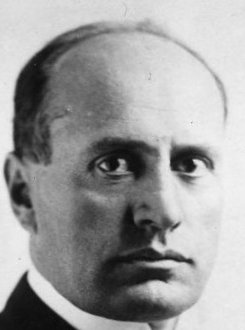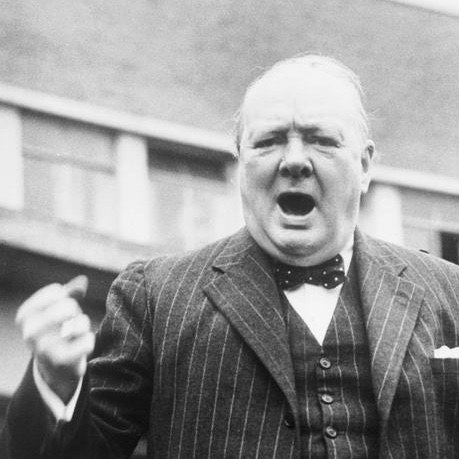Eisenhower had a serious heart attack in 1955. How did doctors and White House staff handle it? Better than Trump's people. But not flawlessly either. History thread! 

Sept 1955: Ike is in Denver, on vacation and staying at home of mother-in-law. He’d been there over a month, playing golf every day at Cherry Hills Country Club, putting in a couple hours of work each day at nearby Lowry Airforce Base. He did a lot of fishing in Fraser, CO.
Friday September 23, in his 7th week away from Washington, Ike plays 18 holes of golf, wolfs down hamburger for lunch, returns to golf course for 9 more holes. Starts complaining about heartburn, indigestion. Goes home, early to bed. Wakes at 2:00 a.m. Searing pain in his chest.
Mamie calls Dr Howard Snyder—an Army doctor with adequate but basic training. He doses POTUS with morphine. In the morning, Snyder tells WH staff that POTUS is “resting” and was recovering from “digestive upset.” Snyder did not know Ike had suffered a heart attack.
By 1:15 pm, Snyder starts to worry. He calls Fitzsimmons hospital, and a cardiologist comes to administer an EKG. Now they know: major heart attack. Snyder orders POTUS transferred to Fitzsimmons by Secret Service. There, doctors give POTUS oxygen and anticoagulants.
Dr Snyder had waited nearly twelve hours to order a gravely ill POTUS to the hospital. It is a controversy that will dog him for the rest of his career.
When was the public informed? About 13 hours after the heart attack. Late Saturday Sept 24, the press team in Denver releases a statement that Ike had suffered a “mild” coronary thrombosis.
The top heart specialist from Walter Reed hospital is flown to Denver. He in turn calls on the nation’s top cardiologist Dr Paul Dudley White of Mass General, to come to Ike’s bedside.
Sunday morning Sept 25. Son John Eisenhower arrives and sees that Ike is “obviously under sedation.” VP Nixon is informed of Ike’s condition but power is not transferred to him, nor does he rush to Denver. Nixon stays in DC, “totally unprepared” he confesses later.
Eisenhower will never transfer power to him. Staff (CoS Sherman Adams, AG Herbert Brownell, Sec State JF Dulles, spokesman Jim Hagerty) shield Ike from outside world and keep Nixon at arm’s length. Ike stays in Denver. Nixon chairs meetings in DC as VP, not as Acting POTUS.
Monday morning: stock market crashes. Worst one day loss since great crash of 1929. Dr White gives brisk, well-informed account to national press conference on heart disease, praises “excellent” care POTUS is receiving, returns to Boston. But: full truth is not reported.
Eisenhower is incapacitated. He is sedated and sleeps most of the week. On Friday Sept 30, staff orchestrates a show of Ike signing papers in bed, but in fact he is weak and ill. He will not be able to *stand up* until October 23—a month after the heart attack. 

Not until Nov 11 is Eisenhower well enough to be transferred back to East Coast—he goes to his home in Gettysburg for further recovery. Ike does not resume full duties for three and a half months after heart attack.
Upshot: doctors told press basics. But hid truth that POTUS was sedated, unconscious, too weak to sit up/stand/walk. Staff failed to report prolonged weakness during recovery. Ike remained unwilling to transfer power to Nixon.
The event will cause Ike later to propose a proper succession procedure-- what later becomes 25th amendment to the Constitution for transfer of power.
• • •
Missing some Tweet in this thread? You can try to
force a refresh

















